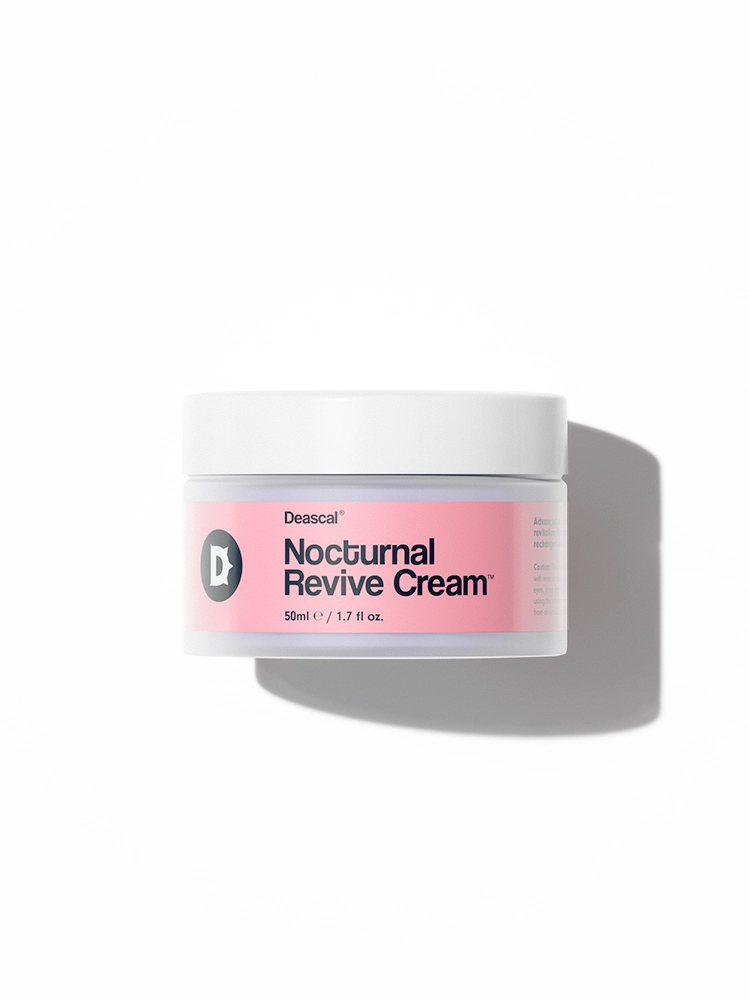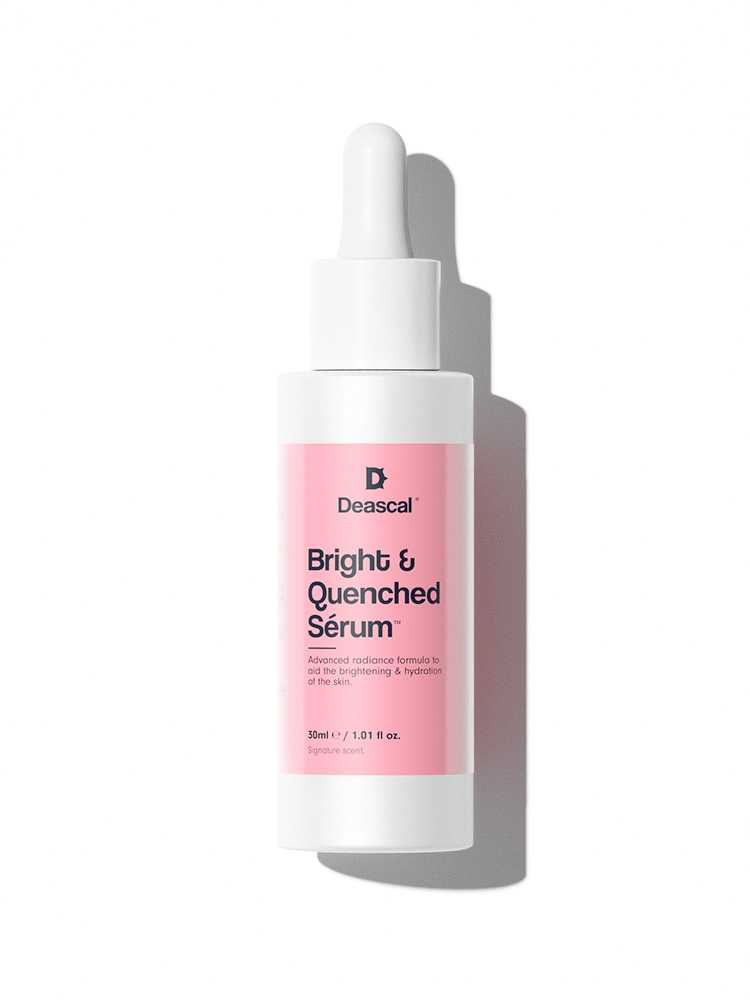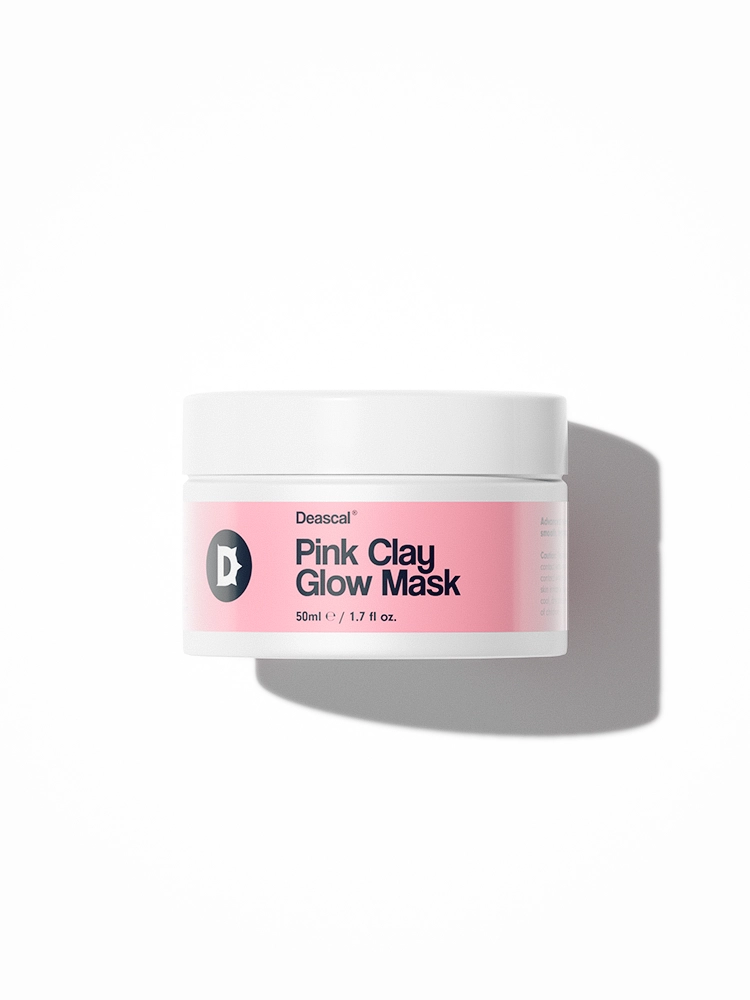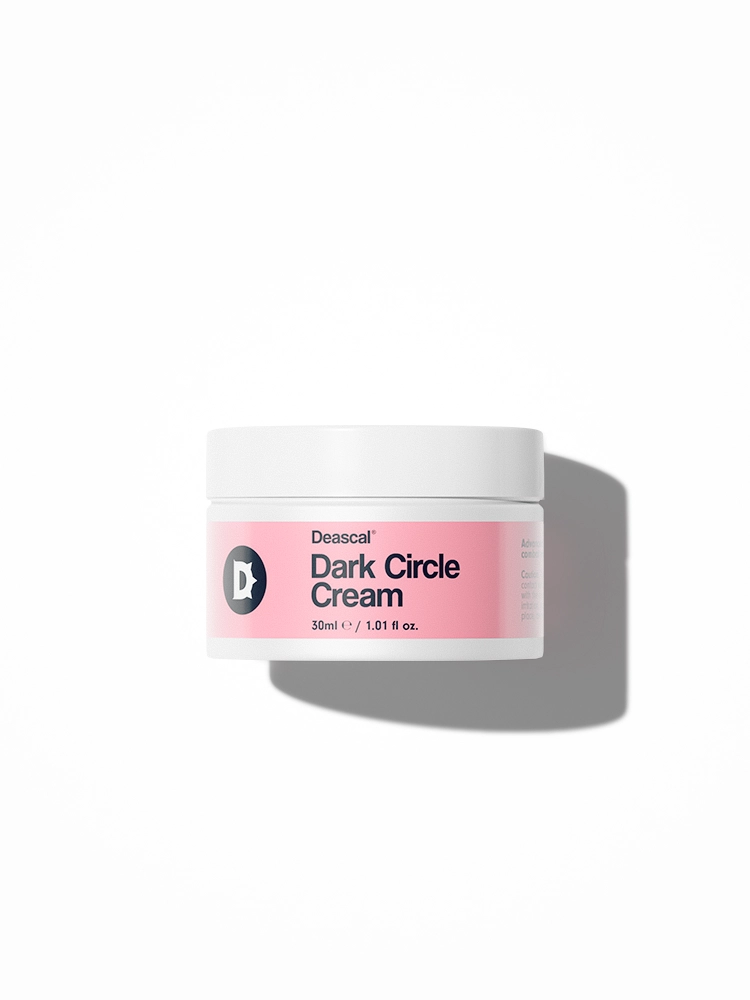What is Wheat Germamidopropyl Betaine?
Wheat Germamidopropyl Betaine, also known by its chemical name 1-Propanaminium, N-carboxymethyl-N,N-dimethyl-3-amino-, N-wheat germ acyl derivs., hydroxides, inner salts, is a versatile ingredient derived from wheat germ. This ingredient is a type of betaine, which is a class of compounds known for their mildness and effectiveness in personal care products.
The history of Wheat Germamidopropyl Betaine in cosmetics is relatively recent, as it emerged from the growing demand for plant-based and sustainable ingredients. Wheat germ, the source of this ingredient, is the nutrient-rich core of the wheat kernel, known for its high content of vitamins, minerals, and proteins. Chemists discovered that by modifying wheat germ oil through a series of chemical reactions, they could create a compound that offers multiple benefits in cosmetic formulations.
The production of Wheat Germamidopropyl Betaine involves a process called amidopropylation, where wheat germ oil is reacted with a propylamine derivative. This reaction introduces a betaine structure into the molecule, enhancing its surfactant properties. The resulting compound is then purified and tested for safety and efficacy before being incorporated into various cosmetic products.
The Benefits/Uses of Wheat Germamidopropyl Betaine
In this section, we will delve into the officially recognized cosmetic benefits and uses of Wheat Germamidopropyl Betaine:
Antistatic
One of the key benefits of Wheat Germamidopropyl Betaine is its antistatic properties. This means it helps to reduce static electricity in hair, which can be a common issue, especially in dry or windy conditions. By minimizing static, your hair becomes more manageable and less prone to flyaways, giving you a smoother, more polished look.
Cleansing
Wheat Germamidopropyl Betaine is also known for its cleansing abilities. It helps to effectively remove dirt, oil, and impurities from the skin and hair. This makes it a valuable ingredient in shampoos, body washes, and facial cleansers, ensuring that you get a thorough clean without stripping away essential moisture.
Hair Conditioning
When it comes to hair care, this ingredient shines with its conditioning properties. It helps to soften and smooth the hair, making it easier to comb and style. This can be particularly beneficial for those with dry or damaged hair, as it helps to improve texture and overall hair health.
Skin Conditioning
Wheat Germamidopropyl Betaine isn’t just good for your hair; it also offers skin conditioning benefits. It helps to hydrate and soften the skin, making it feel more supple and smooth. This makes it a popular choice in lotions, creams, and other skincare products aimed at improving skin texture and moisture levels.
Foam Boosting
If you love a good lather in your shampoos and body washes, you’ll appreciate the foam-boosting properties of Wheat Germamidopropyl Betaine. It helps to enhance the foam quality, providing a richer, more luxurious experience during use. This can make your cleansing routine feel more effective and enjoyable.
Viscosity Controlling
Last but not least, Wheat Germamidopropyl Betaine plays a role in controlling the viscosity of cosmetic formulations. This means it helps to achieve the desired thickness or thinness of a product, ensuring it has the right consistency for easy application and use. Whether it’s a thick, creamy conditioner or a light, fluid cleanser, this ingredient helps to get the texture just right.
Note: the listed benefits above are exclusively based on the officially recognized and defined functions of the ingredient, as documented by the International Nomenclature of Cosmetic Ingredients (INCI).
Potential Side Effects & Other Considerations
Wheat Germamidopropyl Betaine is generally considered safe for use in cosmetic products. However, as with any ingredient, there are potential side effects and considerations to keep in mind:
- Skin irritation
- Allergic reactions
- Contact dermatitis
Regarding individuals who are pregnant or breastfeeding, data and research on the topical usage of Wheat Germamidopropyl Betaine during pregnancy are lacking. Therefore, it is advisable for pregnant or breastfeeding women to consult a healthcare professional for further advice before using products containing this ingredient.
Side effects and adverse reactions from Wheat Germamidopropyl Betaine are relatively uncommon. However, it is recommended to conduct a patch test before widespread usage to ensure there are no adverse reactions.
In terms of comedogenicity, Wheat Germamidopropyl Betaine has a rating of 1 on a scale of 0 (totally non-comedogenic) to 5 (highly comedogenic). This low rating indicates that it is unlikely to clog pores and is generally suitable for people prone to acne, blemishes, or breakouts.




